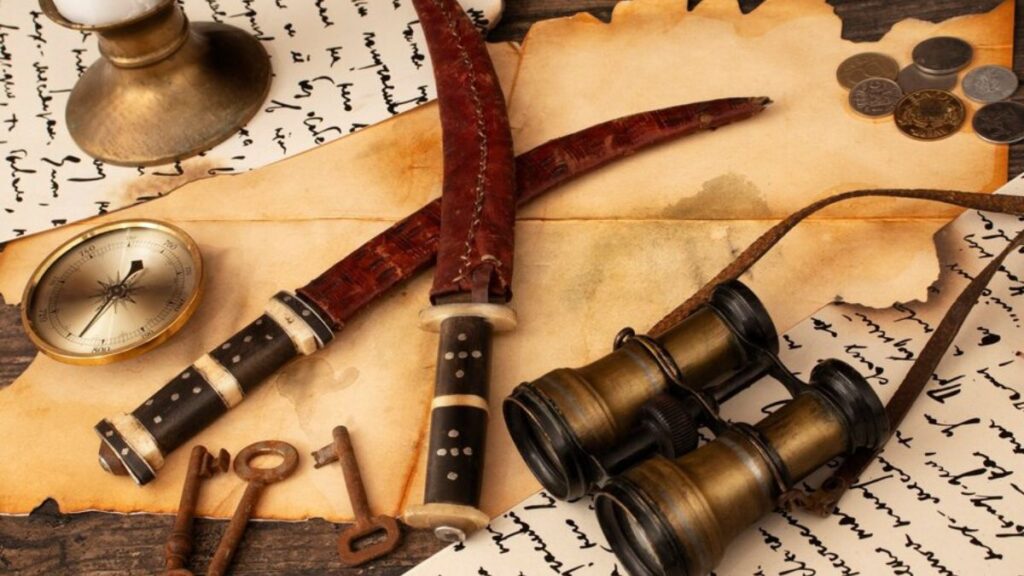Welcome to the fascinating world of divijos, where cultural symbols come alive and tell stories that transcend time and borders. These visual representations are more than just artistic expressions; they serve as vital links to our heritage, beliefs, and values. Each symbol carries a rich tapestry of meaning unique to its culture. As we delve into this captivating subject, you’ll discover how these icons play a crucial role in shaping identities and fostering connections among communities. Prepare to uncover the mysteries behind divijos—an exploration that promises enlightenment and appreciation for diverse cultures around the globe.
The Significance of Cultural Symbols in Different Societies
Cultural symbols hold immense significance across various societies. They serve as visual representations of values, beliefs, and identities. Each symbol tells a story deeply rooted in history.
For many communities, these symbols foster a sense of belonging and unity. They connect individuals to their cultural heritage and family traditions. Wearing traditional attire or displaying specific emblems can evoke pride among members.
In some cultures, symbols evolve over time but retain core meanings. This adaptability allows them to resonate with new generations while preserving essential aspects of the past.
However, the meaning attached to a symbol may vary from one society to another. What might symbolize peace in one culture could represent something entirely different elsewhere. This complexity adds layers to our understanding of human experience and communication through art and expression.
Common Types of Cultural Symbols and Their Meanings
Cultural symbols manifest in myriad forms, each carrying unique meanings. Colors often lead the charge; for instance, red symbolizes passion and energy in many cultures while representing luck and prosperity in others.
Animals also take center stage. The eagle stands as a powerful symbol of freedom and strength, particularly in Native American traditions. Meanwhile, the lotus flower embodies purity and enlightenment across various Eastern philosophies.
Shapes play a crucial role too. Circles denote unity and eternity; they signify cycles of life that transcend time. In contrast, triangles can represent stability or change depending on their orientation.
Fabrics are rich with symbolism as well. Patterns woven into textiles tell stories of heritage or convey spiritual beliefs. Each stitch holds significance beyond mere decoration.
These examples illustrate the depth found within cultural symbols—each one weaving a narrative that transcends borders and generations.
Misinterpretations and Controversies Surrounding Cultural Symbols
Cultural symbols often face misinterpretation, leading to confusion and controversy. What one society holds sacred might be viewed differently by another. This clash of perspectives can spark heated debates.
Take the example of traditional attire. When worn outside its cultural context, it may be seen as a fashion statement or appropriation rather than a sign of respect. Such scenarios provoke dialogue about ownership and authenticity.
Moreover, some symbols are co-opted for commercial gain without acknowledging their origins. This commercialization strips them of their significance and reduces rich histories to mere trends.
Additionally, historical events can taint perceptions of certain symbols. A symbol revered in one era could become associated with oppression in another context, complicating its meaning across generations.
Navigating these complexities requires sensitivity and awareness, highlighting the need for thoughtful discourse around divijos within diverse communities.
Examples of Divijos and Their Meanings in Different Cultures
Divijos manifest in diverse forms across various cultures, each embodying unique stories and meanings.
Take the intricate Maori tattoos known as “ta moko.” These designs convey lineage, social status, and personal achievements. They serve as a visual history of one’s identity.
In Native American traditions, the dreamcatcher stands out. Traditionally hung above sleeping areas, it is believed to filter dreams; capturing negative ones while allowing positive thoughts to flow through.
Another striking example is the Japanese koi fish. This symbol represents perseverance and strength, often celebrated during festivals for its ability to swim upstream against strong currents.
The Celtic knot illustrates eternal life with no beginning or end—an emblem of interconnectedness that resonates deeply within their cultural heritage.
Each divijo not only reflects artistic expression but also encapsulates profound beliefs and values integral to human experience across time and space.
How to Respect and Appreciate Cultural Symbols
Respecting and appreciating cultural symbols starts with understanding their origins. Take the time to learn about the history behind these symbols. Knowledge fosters respect.
Engage with communities that hold these symbols dear. Listen to their stories and experiences. This connection deepens your appreciation for what they represent.
Avoid appropriating cultural symbols without context or permission. Misuse can lead to misunderstanding and disrespect. Always approach such matters with sensitivity.
When displaying a symbol, consider its significance in the original culture. Ensure it is done respectfully, honoring its meaning rather than trivializing it.
Support artisans and creators by purchasing authentic representations of their work. This not only aids preservation but also acknowledges their craftsmanship.
Share your knowledge thoughtfully with others to promote awareness of diverse cultures without overshadowing them.
Conclusion: The Importance of Understanding and Preserving Divijos for Future Generations
The journey through the world of divijos and cultural symbols reveals their profound significance. These symbols are not mere images or objects; they embody the spirit, history, and beliefs of a community.
Understanding divijos requires an appreciation of their context. Each symbol carries stories that connect people to their heritage and identity. Misinterpretations can lead to disrespect or loss of meaning, underscoring the need for education about cultural contexts.
Respecting these symbols as living representations is crucial for fostering intercultural dialogue. It’s essential to approach them with reverence rather than appropriation. By educating ourselves, we ensure that future generations inherit a rich tapestry of diverse meanings.
As we engage with divijos thoughtfully, we contribute to preserving this invaluable part of human culture. This understanding enriches our global narrative and strengthens our connections across different backgrounds. Embracing the wisdom held within these symbols allows us all to grow together in respect and appreciation.






